What to know about a 1031 Exchange
A 1031 Exchange is a powerful tax-deferment strategy used by some of the most financially successful real estate investors.

If you've been researching about "how to do a 1031 exchange" or "1031 exchange rules," chances are you already have some knowledge of its benefits. However, let's quickly recap the basics for a better understanding. A 1031 exchange, also known as a Starker or Like-Kind exchange, is a powerful tax-deferment strategy utilized by successful real estate investors. In 2023, with soaring real estate prices in many U.S. cities, the appeal of exchanging properties in expensive markets for cash-flowing properties across the country is particularly enticing. In this blog post, we will explore the intricacies of a 1031 exchange, covering its benefits, rules, and important considerations.
What is a 1031 Exchange? In simple terms, a 1031 exchange allows investors to defer paying capital gains taxes when selling an investment property, as long as they purchase another "like-kind property" with the profit earned from the sale. However, the benefits of a 1031 exchange go beyond tax savings.
Benefits of a 1031 Exchange:
Shifting investment strategy: Investors can exchange high-maintenance properties for lower-maintenance ones, without incurring a significant tax liability.
Increased appreciation potential: Exchanging high-priced properties in inflated markets for more affordable markets with rising values can enhance appreciation potential.
Moving away from tenant-friendly markets: Investors can exit areas with strict rent control laws and problematic tenants, allowing them to raise rents to market value in more favorable locations.
And much more!
How to Perform a 1031 Exchange: Traditionally, a 1031 exchange involves swapping one property directly for another. However, finding a direct swap is highly unlikely. Therefore, most 1031 exchanges are delayed exchanges, also known as three-party exchanges. In a delayed exchange, a Qualified Intermediary (QI) acts as a middleman, holding the proceeds from the sale of the original property and utilizing them to acquire the replacement property on behalf of the investor.
Key 1031 Exchange Rules for Real Estate Investors:
Like-Kind Property: The relinquished and replacement properties must be of the same character or nature, even if they differ in quality.
Investment or Business Property Only: A 1031 exchange applies to investment or business properties, not personal residences.
Greater or Equal Value: The replacement property must have a net market value and equity equal to or greater than the property being sold.
Must Not Receive "Boot": Any additional property or cash received (boot) may be subject to capital gains tax.
Same Taxpayer: The taxpayer on the tax return and title of the sold property must be the same as the one buying the replacement property.
45-Day Identification Window: The investor has 45 calendar days after the sale to identify up to three potential replacement properties.
180-Day Purchase Window: The exchange must be completed, and the replacement property received within 180 days from the sale or tax return due date.
While a 1031 exchange offers substantial tax benefits, it is crucial to navigate its rules and requirements diligently. By deferring capital gains taxes, investors gain the opportunity to reinvest their funds into potentially more profitable properties. However, due to the complexity of a 1031 exchange, seeking professional assistance from tax advisors and qualified intermediaries is highly recommended. Understanding the nuances of real estate investing, market cycles, and growth opportunities is vital for maximizing the benefits of a 1031 exchange and avoiding potential pitfalls.
